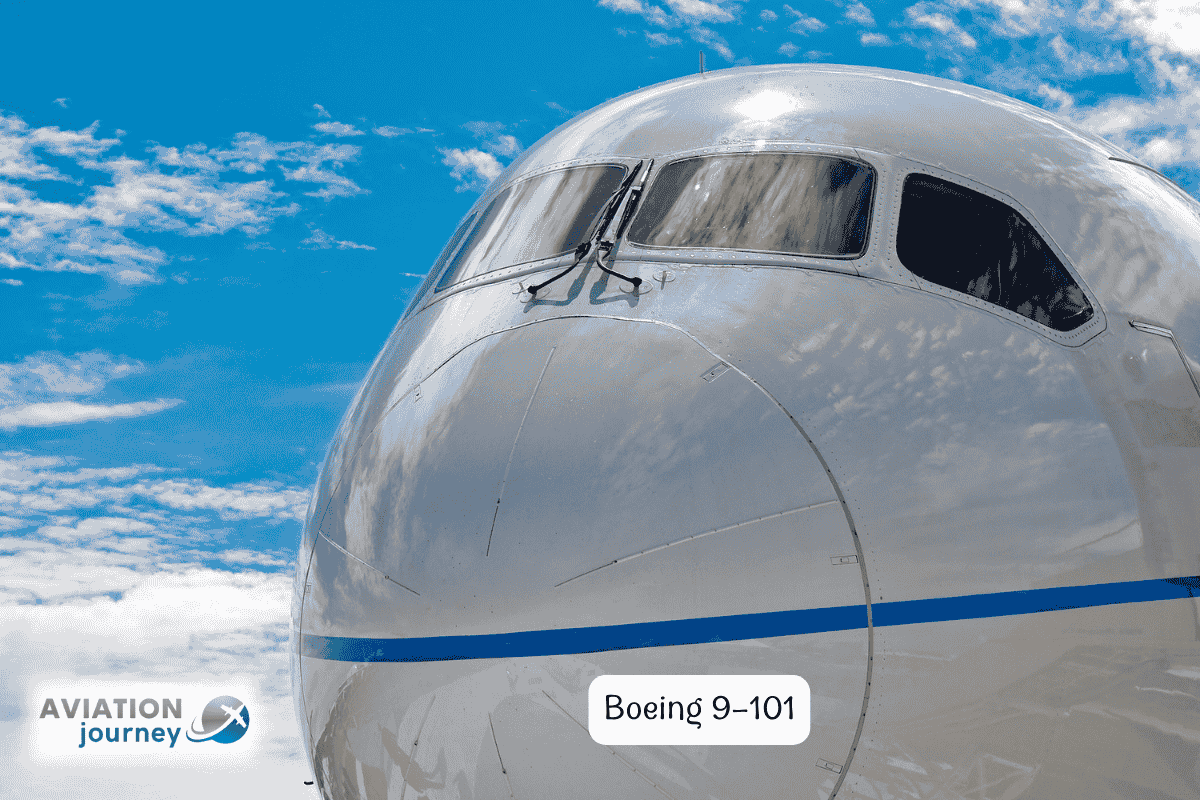Boeing 9-101: Aircraft Facts You Need Today
Although it lacks the household recognition of Boeings heavy-hitters such as the 747 or the compact 737, the 9-101 has carved out a special niche that aviation historians and enthusiasts regularly discuss. Its small numbers and military pedigree keep it out of the sight of most everyday travelers, yet within experimental and tactical flight circles its story is both compelling and instructive. The following overview combines search-friendly language with a scholarly tone, detailing the aircrafts design features, mission profiles, and ongoing legacy in todays research programs.
What Is Boeing 9-101 Aircraft?
It is known primarily as an internal designation and not a commercial airliner. In fact, it is most associated with military or classified research purposes. While Boeing’s commercial models receive widespread media coverage, certain aircraft under numerical tags like the 9-101 were primarily developed or modified for government, defense, or testing scenarios.
Specifically, the Boeing 9-101 designation is often linked to advanced testing platforms or modified airframes. Although public technical records are limited, it is believed that this aircraft formed part of the United States’ Cold War-era experimental aviation assets. As a result, details are sparse, but some documents suggest this was a designation tied to testing variants rather than a mass-produced model.
Why Boeing 9-101 Matters in Aviation History
Although it aircraft didn’t receive the spotlight like other Boeing commercial planes, it served an invaluable role behind the scenes. Often used in classified missions or advanced aeronautical testing, it represented Boeing’s commitment to pushing the limits of aerospace engineering.
Moreover, given its secretive applications, it’s possible the aircraft contributed to the development of stealth technology, unmanned systems, or avionics that influenced subsequent generations of military aircraft.
Consequently, understanding isn’t just about one aircraft — it’s about Boeing’s legacy of innovation and its willingness to explore the unknown in aviation.
Design and Specifications
Boeing 9-101 Aircraft Design Highlights
-
Airframe Structure: Based on modified military platforms
-
Purpose: Testbed for advanced aerospace technologies
-
Configuration: Possibly twin-engine with high-altitude performance focus
-
Payload Capacity: Designed for sensors, surveillance, or experimental equipment
Although exact numbers are not publicly disclosed, the general assumption is that the Boeing 9-101 prioritized flexibility, endurance, and stealth compatibility over commercial passenger service.
Engineering Features Worth Mentioning
-
Modular Design: Adaptable for various research missions
-
Radar and Signal Testing Capabilities: Likely equipped with prototype radar and communication suites
-
Flight Control Systems: Possibly served as a precursor for modern fly-by-wire systems
The Role of Boeing 9-101 in Military and Government Projects
This was reportedly involved in military black projects. These are projects conducted under deep secrecy to test weapons, aircraft technologies, and surveillance systems. Boeing, being a prime defense contractor, often develops modified aircraft for such projects under numerical codes.
In this case, the Boeing 9-101 might have supported:
-
Reconnaissance Missions
-
Electronic Warfare Testing
-
Sensor Development for Satellites or UAVs
Therefore, while the public didn’t get to fly in it, the impact of this aircraft may be felt in every modern combat system in use today.
Boeing 9-101 Compared to Other Boeing Military Aircraft
| Feature | Boeing 9-101 | Boeing B-52 | Boeing KC-135 |
|---|---|---|---|
| Role | Experimental/Test | Strategic Bomber | Aerial Refueling |
| Public Information | Limited | Extensive | Well-Documented |
| Operational Years | Classified/Unknown | 1955–Present | 1957–Present |
| Availability | Limited/Prototype | Deployed Globally | Still in Active Use |
Thus, while others like the B-52 have seen global service, the Boeing 9-101 remained in the shadows — yet still influential.
FAQs
What is the used for?
It’s believed to be used for experimental and military testing purposes, often involving classified technologies.
Is it a commercial plane?
No, it was not designed for commercial use. Its role was strictly military or governmental.
Are there public photos?
Due to the aircraft’s secrecy, few if any official photos exist in the public domain.
How does Boeing 9-101 differ from Boeing’s commercial planes?
Unlike commercial planes made for transporting passengers, the 9-101 was likely used for advanced testing and data collection.
Was it part of any specific project?
While unconfirmed, it may have been connected to stealth research or high-altitude reconnaissance initiatives during the Cold War.
Can civilians access information ?
Only limited data is declassified; most details remain under military protection.
Final Thoughts
Even though it isn’t featured in textbooks or mainstream media, its contribution to aviation innovation shouldn’t be overlooked. Often, the most influential aircraft are those that remain behind the curtain, silently shaping the tools and tactics of modern aerial operations. By understanding aircraft like it, we gain insight into the strategic evolution of aerospace engineering and national defense development.

